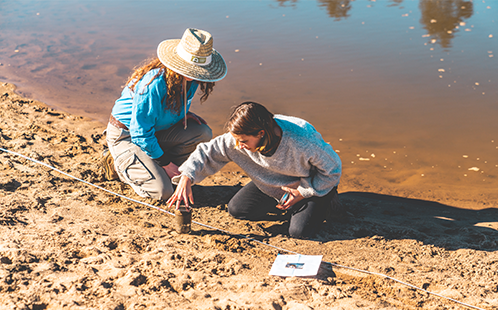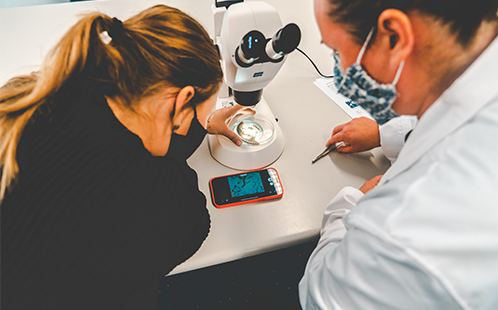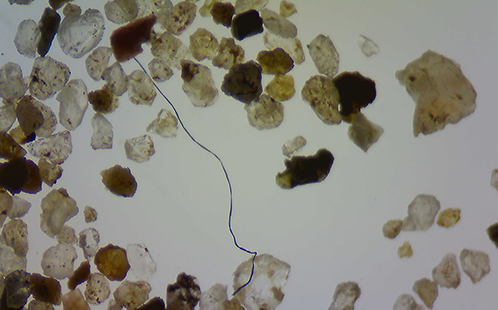21st Century Pollutants
Plastic pollution is a growing problem and there is little known about the impact of microplastics on freshwater systems like the Hawkesbury-Nepean. Current research into microplastics is focused on the oceans. Using citizen science, our first step to understanding this issue is to determine the presence of microplastics in our rivers' sediments.
Western Sydney University researchers and students, in collaboration with Streamwatch and Greater Sydney Landcare, joined community volunteers as part of a hands-on workshop to assess the number of microplastics present in the Hawkesbury-Nepean River. Our first community day event saw the group come together on World Environment Day, 5 June 2021, at Windsor Beach – a popular recreational area in the Hawkesbury region that was impacted by significant flooding.

Volunteers collected sediment samples, which were dried, and then analysed these using our lab facilities at the University’s Hawkesbury campus. Download our sampling method - both in the field and in the lab (PDF, 406.51 KB).

Our Findings
Our volunteers discovered a total of 117 pieces of microplastic from the 87 grams of sediment they analysed. The microplastics they found were greatly dominated by microfibres (pictured below). They also found microbeads, microfilm and microfragments. An average of 4 pieces of microplastics were found per 3 gram sample (a teaspoon).
Our volunteers looked at sediment collected from three sites along the Hawkesbury-Nepean River – Yarramundi, Windsor, and Sackville. They found that Yarramundi had the highest total number of microplastics, followed by Windsor and Sackville.

A few reasons this could be:
- The proximity to Sewage Treatment Plant (STP) discharge points (the likely source of the pollution) to our sampling sites
- Yarramundi is wider and shallower than our other sampling sites
- Yarramundi is less impacted by tidal influences, like Sackville and Windsor
Mobile options:

